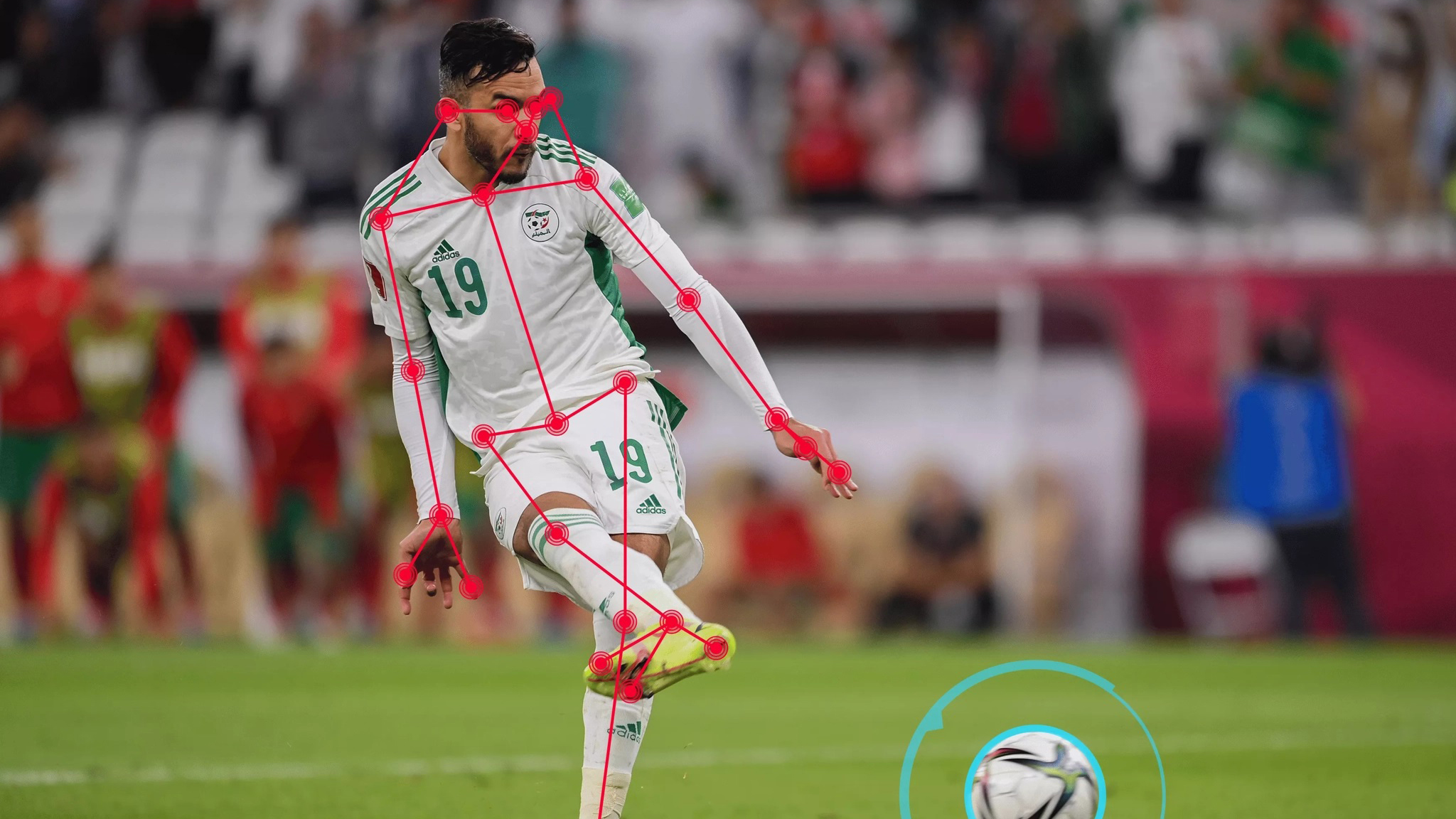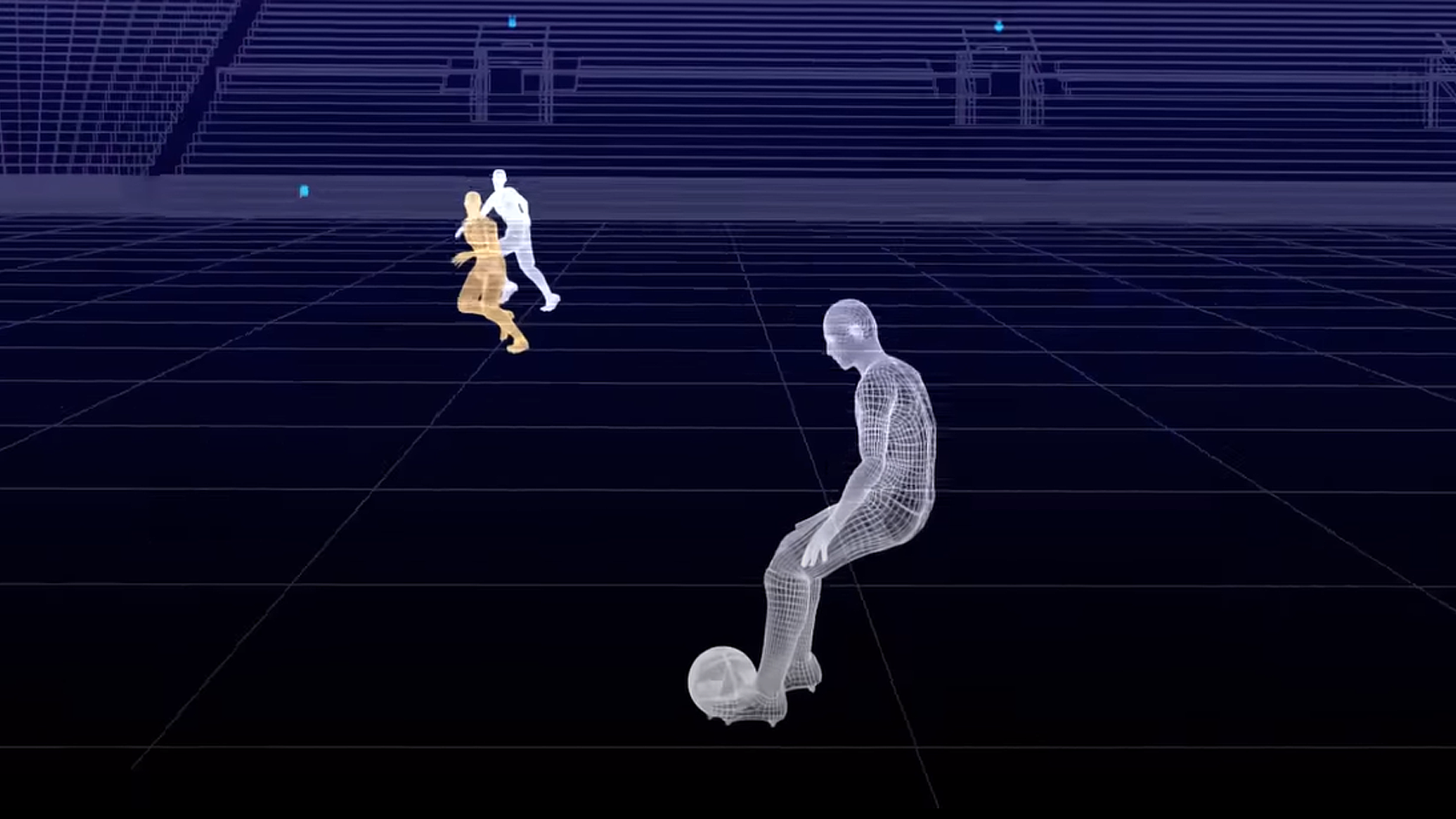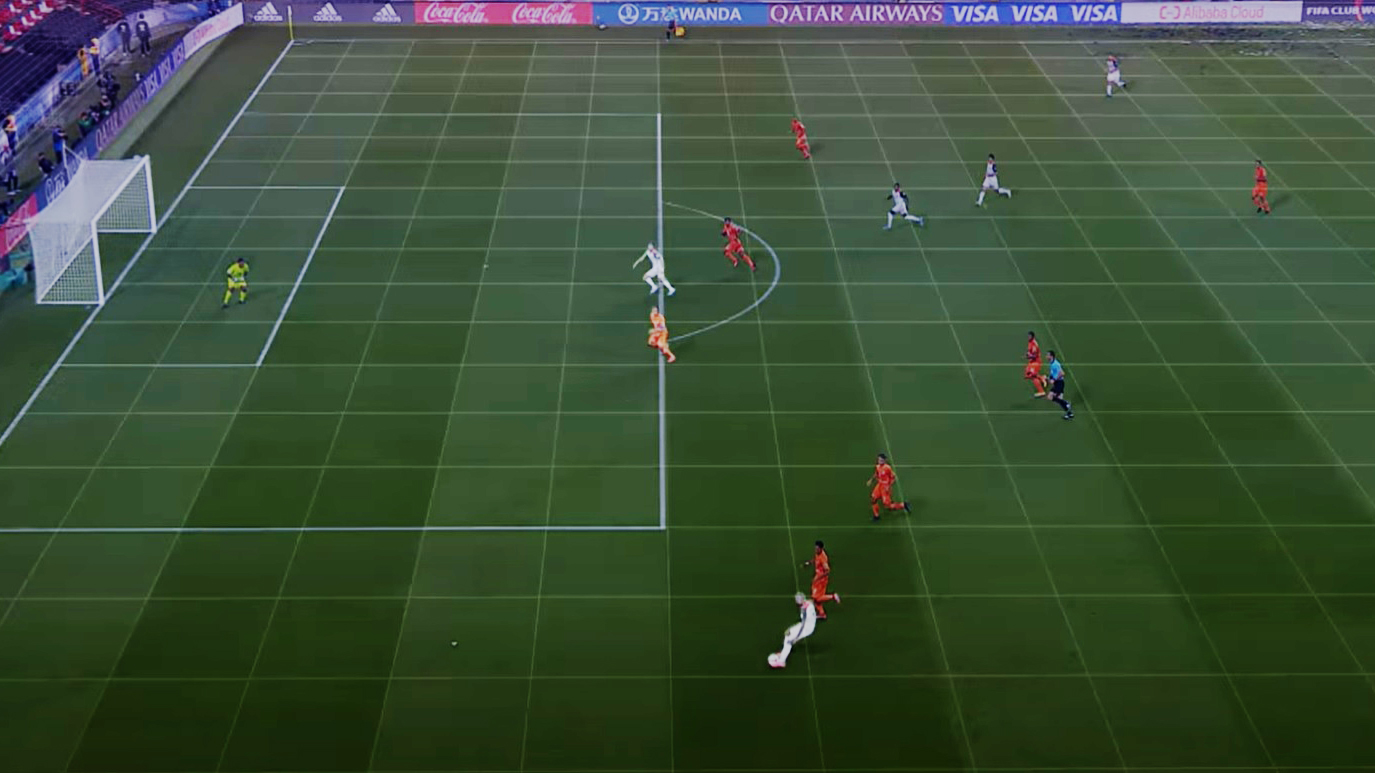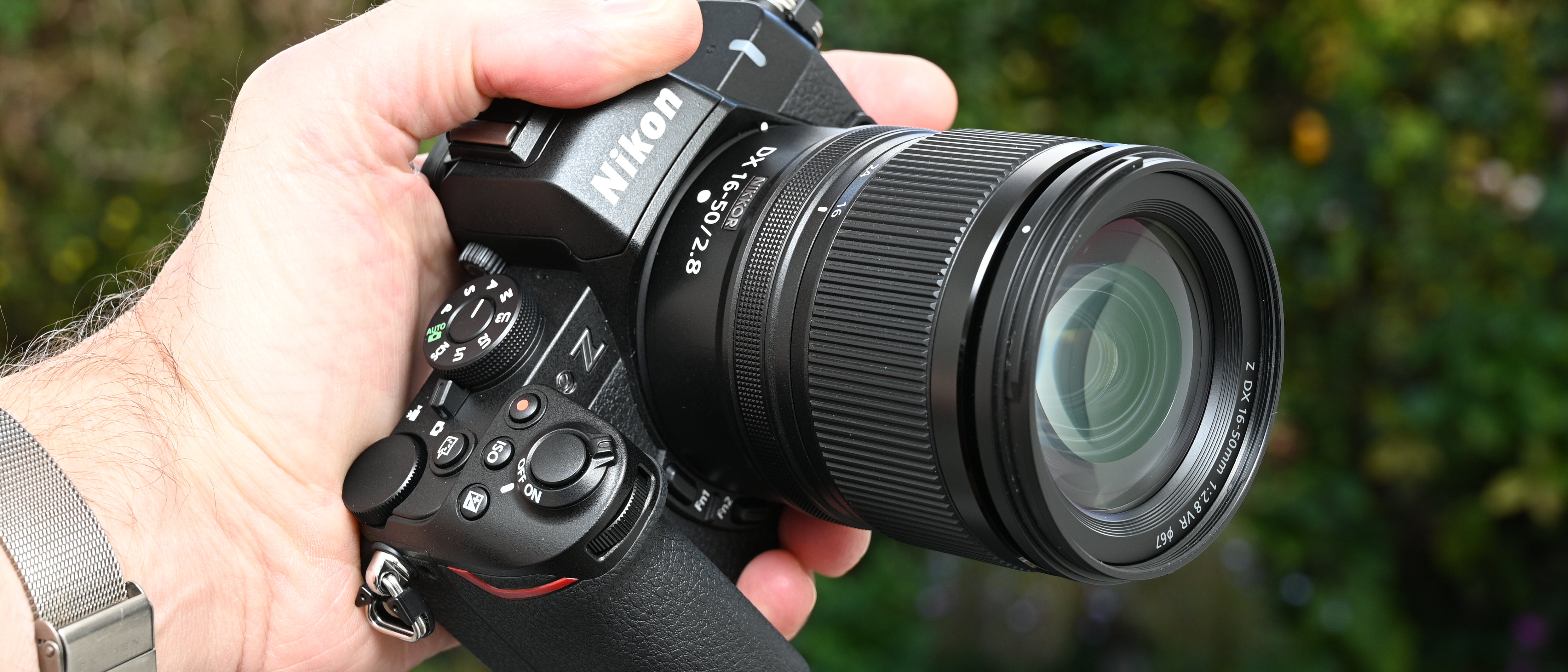How cameras are refereeing soccer. FIFA uses tech to call offside at World Cup 2022
Now that cameras can now predict, inform, and decide offside outcomes, are they changing the beautiful game?

Camera technology is becoming more and more important in major sporting events, as cameras are used as a visual aid to help and assist officials to make sure rules are followed and any penalties are carried out.
We already know that professionals use the best camera for sports photography, but when it comes to football, FIFA has introduced semi-automated offside technology to help match officials determine with more accuracy and precision those players who are offside. The offside rule has always been a bit of a joke when it comes to understanding the rules of football, but let's see this new technology in action and how it might benefit the game.
How does the new FIFA technology work?
This new technology uses 12 dedicated tracking cameras mounted underneath the roof of the stadium to track the ball and up to 29 data points of each individual player, at a mesmerizing 50 times per second, calculating their exact position on the pitch. These 29 collected data points include all limbs and extremities that are relevant for making offside calls and to make things sound even bonkers, all this information is calculated in real-time by AI!
Al Rihla, Adidas’ official match ball for Qatar 2022, will provide a further vital element for the detection of tight offside incidents as an inertial measurement unit (IMU) sensor will be placed inside the ball. This sensor, positioned in the centre of the ball, sends ball data to the video operation room (VAR) 500 times per second, allowing a very precise detection of the kick point.
By combining the limb-and ball-tracking data and applying artificial intelligence, this new technology provides automated offside alerts to the VAR room and officials whenever the ball is received by an attacking player who was in an offside position at the moment the ball was played by a team-mate.
Before informing the on-field referee, the video match officials validate the proposed decision by manually checking the automatic kick point and the created offside line, which is based on calculated positions of players’ limbs. This process happens within a few seconds and means that offside decisions can be made faster and more accurately, therefore the game can continue its momentum.
After a decision has been confirmed by the referee on the pitch, the exact positional data points that were used to make the decision are then generated into a 3D animation that perfectly details the position of the players’ limbs at the moment the ball was played - this really is fascinating stuff, and even if we sometimes might not agree is the decision, it still gives a visual aid. This 3D animation will then be shown on the big screens in the stadium and will also be made available to FIFA’s broadcast partners to inform all spectators in the clearest possible way.
The best camera deals, reviews, product advice, and unmissable photography news, direct to your inbox!
Remember all of this information is processed in real-time and calculated at a minimum of 50 times per second. This isn't the first time we have seen cameras used to help make sporting decisions, we see cameras play a vital role in Formula One, tennis championships, horse racing and much more, but to see it used in real-time and how it learns to track multiple players, it really is a technological break-through for the beautiful game.
Read more:
What is photogrammetry
Best camera for sports photography
Best 360 degree cameras
Best VR headset for 360 video

For nearly two decades Sebastian's work has been published internationally. Originally specializing in Equestrianism, his visuals have been used by the leading names in the equestrian industry such as The Fédération Equestre Internationale (FEI), The Jockey Club, Horse & Hound, and many more for various advertising campaigns, books, and pre/post-event highlights.
He is a Fellow of the Royal Society of Arts, holds a Foundation Degree in Equitation Science, and holds a Master of Arts in Publishing. He is a member of Nikon NPS and has been a Nikon user since his film days using a Nikon F5. He saw the digital transition with Nikon's D series cameras and is still, to this day, the youngest member to be elected into BEWA, the British Equestrian Writers' Association.
He is familiar with and shows great interest in 35mm, medium, and large-format photography, using products by Leica, Phase One, Hasselblad, Alpa, and Sinar. Sebastian has also used many cinema cameras from Sony, RED, ARRI, and everything in between. He now spends his spare time using his trusted Leica M-E or Leica M2, shooting Street/Documentary photography as he sees it, usually in Black and White.


